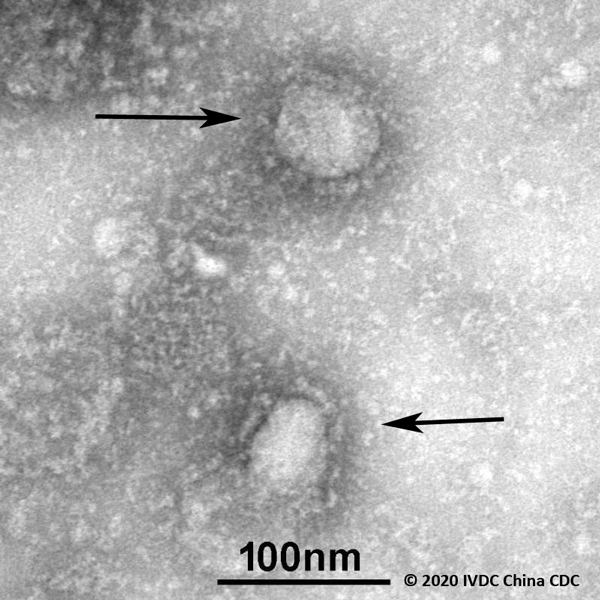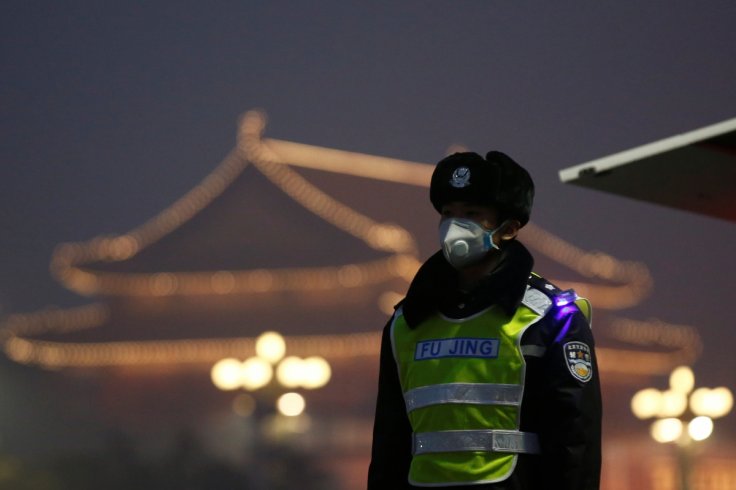China said on Tuesday the death toll from the coronavirus outbreak has risen to 106 while 1,300 new cases were also confirmed. In alarming escalation, the first death in Beijing was reported even as many more countries around the world reported infection. The deadly virus that spread from the Wuhan meat market is apparently on the breakout path. While China focuses on containing the epidemic, a whole breed of rumours are befuddling the efforts.
The major question are: Does coronavirus strain infecting thousands in China have a cure? Does folk medicine work? Is Chinese home cure concoction banlangen effective in fighting the coronavirus? Is airborne transmission of the virus happening? Do people still doubt the human to human transmission? Does the virus transmit to others before symptoms occur? Is wearing surgical masks enough to shut out the threat of infection?

The information chaos in the wake of unprecedented virus scare is leading to confusion and the spread of potentially hazardous and misleading snippets on the social media. An article by the South China Morning Post throws some light into major strands of false information spreading out of China. Here are some insights:
Does coronavirus have a cure? Not yet. Medical research institutes including the Fudan University in Shanghai are trying to develop a vaccine for the virus but the result may not arrive too soon. The US National Institutes of Health said last week a human trial of the vaccine may start only after three months.
Chinese home cure concoction banlangen is a remedy? Banlangen, or 'Ban lan gen' is touted as a remedy on Chinese social media. It is extracted from the root of a flowering plant called woad and is thought to be effective in treating patients infected with seasonal flu. But experts have debunked the social media theory. The home concoction is not useful in fighting the Wuhan epidemic.
Is airborne transmission of the virus happening? This questions is still relevant as no study has conclusively said what are the ways in which the virus is transmitted. Experts are analysing cases to determine if airborne transmission is happening. There is also lack of clarity over transmission between humans. "At present, the rate of development of the epidemic is accelerating ... I am afraid that it will continue for some time, and the number of cases may increase," National Health Commission minister Ma Xiaowei said.

Will surgical masks save you? The answers are inconclusive. There has been a massive frenzy over face masks and similar gear and markets have reported a shortage of these. While it is clear that masks will prevent the wearer from spreading disease it's not certain that masks will completely prevent the contraction of the virus.
Meanwhile, reports said on Monday that the actual cases of infection maybe higher than the official figures. A medical research team in Hong Kong has estimated that as many as 44,000 people have been infected in the Chinese city where the virus outbreak happened. Academics at the University of Hong Kong have estimated that the number of patients in Wuhan had reached 43,590 by Saturday, the South China Morning Post reported.
The actual number could be even higher as the estimate is based on numbers pertaining to Saturday. The ballpark figure includes those in the incubation stage of the virus, the report adds. The number of infected people around the world could be far higher, going by this calculation.








